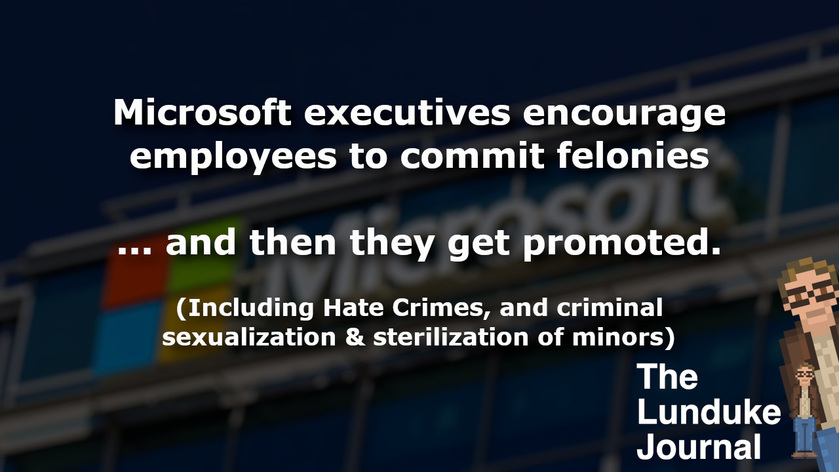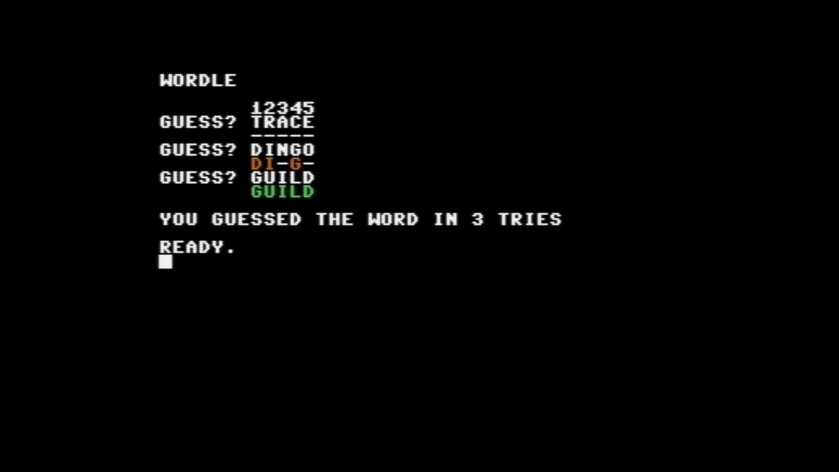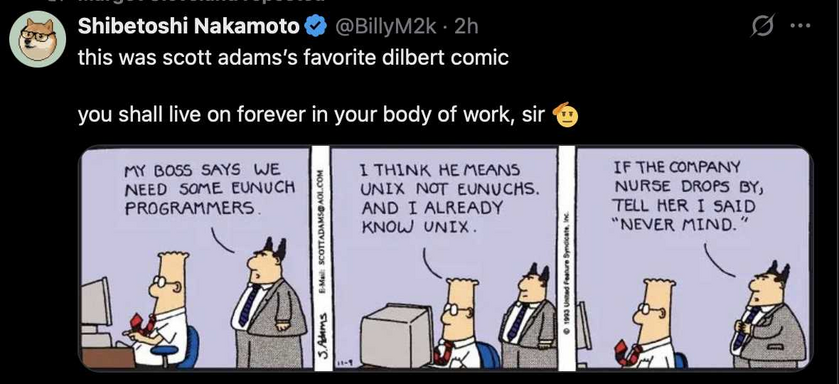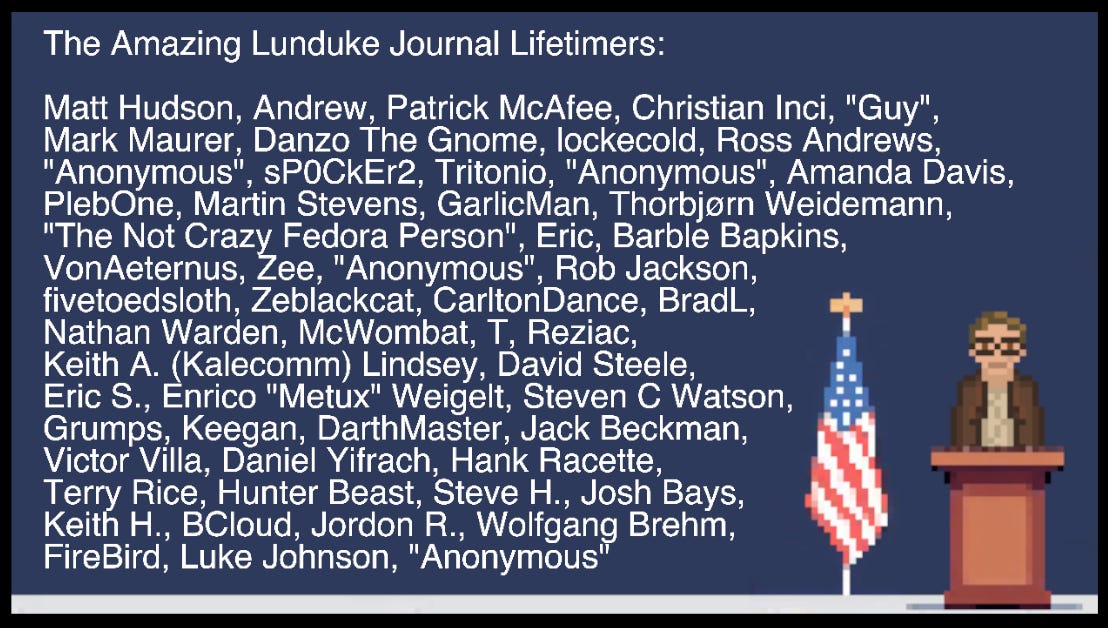Recently, we learned some incredibly troubling things about Microsoft.
Namely that the Redmond software giant:
- Encouraged employees to "transition" their children -- as young as 3 years old -- to different genders.
- Implemented a non-optional health plan which specifically covers "gender affirming care" for small children.
- Supports removing "age restrictions for gender-affirming treatments for children under 18".
Let's put aside -- just for a moment -- any personal opinions we may have about the idea of "gender transitioning for toddlers". Because, regardless of our own feelings on the topic... it remains, in the United States, illegal.
In fact, 22 states have passed laws which reinforce the fact that "gender transitioning" of minors is a crime.
Which brings us to a question worth pondering: How could Microsoft -- a company with a quarter of a million employees (across all 50 states) -- actively encourage blatant, criminal activity?
Any functional Human Resources department would put a stop to that. The same goes for executives, board members, or internal legal teams. Any company advocating for their employees to commit crimes (regardless of our personal opinions on said crimes) is heading for disaster.
That is, quite simply, obvious.
So how on Earth is this happening? Is no manager, executive, board member, or part of the HR team objecting to this? Is the Microsoft management team really pushing for criminal activity?
Well buckle up, buttercup. Because it turns out that at least one Microsoft executive has been publicly advocating for people to commit crimes (in general) for years.
And the Microsoft HR team has not only allowed it... but promoted him.
The VP who calls for criminal activity
Over the years, Microsoft Vice President Scott Hanselman has publicly encouraged people (including Microsoft employees) to commit crimes in the name of "Diversity".
Which is an incredibly vague thing to say. "What crimes, exactly? Just crimes... in general?!"
Yes. In general. Just any... "Crimes". Seriously. It's strange, I know.
Case in point, back in 2018, this Microsoft VP (then an upper level manager) gave a keynote presentation where he encouraged people to commit criminal activity -- specifically against white people and men.
During that keynote, Hanselman made the point that it is not enough to be an "ally"... that one must be willing to be an "accomplice". Saying, specifically, "Accomplices will go to jail with you."
Just to be sure there was no confusion about what he was encouraging -- he created a slide which read, "To create an inclusive tech environment we need accomplices more than allies."
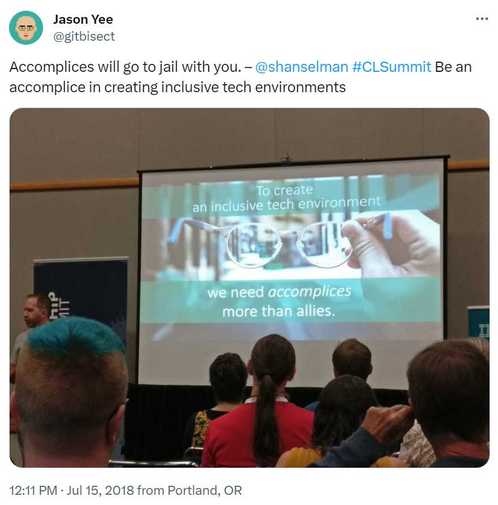
I happened to be in the audience on that particular day -- where Hanselman repeated, multiple times, the need for people to be ready to "go to jail", to be an "accomplice", and to "commit crimes"... against white males, specifically.
No ambiguity. Not a joke. A serious request for Microsoft employees (and other tech tech workers in attendance) to commit crimes against people based on ethnicity and gender.
Just so we're all on the same page, here's the definition of "accomplice":
Accomplice. Noun.
A person who knowingly helps another in a crime or wrongdoing, often as a subordinate.
Example: “an accomplice in the murder”
This singular keynote -- where Hanselman was representing Microsoft -- was not an anomaly. This is a message that Hanselman has pushed for years. Including on Microsoft corporate podcasts, where he said the following:
"And even that term ally is loaded. I think of it more as like, Advocate. Or maybe when appropriate, accomplice. You know what I mean? How far are you willing to take this? You know what I mean?"
Be an "accomplice." "How far are you willing to take this." "Crime." "Willing to go to jail."
Vague, to be sure. But encouraging employees to commit crimes -- even vague crimes -- is something which HR departments (and executives) tend to frown upon. Especially when it is done so in a publicly visible way.
So how did the executive team and HR department at Microsoft respond to these calls for criminal activity (towards individuals based entirely on race and gender... which veers into "Hate Crime" territory)?
They rewarded him with a promotion. They made him a Vice President.
What does this tell us?
While this is merely one example of a Microsoft executive... there is quite a lot we can learn from this (when combined with previous revelations) regarding what is going on within the company:
- The Human Resources department within Microsoft either actively supports (at least some instances of) encouraging criminal activity... or they are unable (or unwilling) to stop them.
- The executive team at Microsoft must, at least in part, support the idea of employees committing criminal acts.
- As of this moment, Microsoft executives and management have actively encouraged Microsoft employees to commit:
- "Hate crimes" against White people or men.
- Criminal "Gender Affirming Care" of minors (as young as 3 years old).
These are extreme actions, on the part of Microsoft. A pattern of encouraging employees to commit felonies (an act which, itself, is criminal). All well documented and irrefutable.
What's more, this provides a glimpse of the upper management organization within Microsoft: including their priorities... and determination push certain causes (including "Diversity" and sex changes for toddlers).
In the words of one Microsoft Vice President, "How far are you willing to take this? You know what I mean?"
The Lunduke Journal has repeatedly reached out to representatives of Microsoft for comment.
To date, no response has been given.
If Microsoft responds, The Lunduke Journal will publish that response in full.
The Lunduke Journal will continue publishing material -- including additional leaks from whistleblowers -- exposing the actions of Microsoft (and other Big Tech firms).
If you work for Microsoft (or another Tech firm), and have inside information that you feel should be shared with the public, here are instructions on how to anonymously become a whistleblower. The Lunduke Journal will always keep your identity confidential.
Thank you to the whistleblowers who have come forward so far -- and thank you to the supporters of The Lunduke Journal for making this work possible.
Interested in other recent Big Tech leaks? Check out The Lunduke Journal's exclusive leaks from within Red Hat and IBM.
